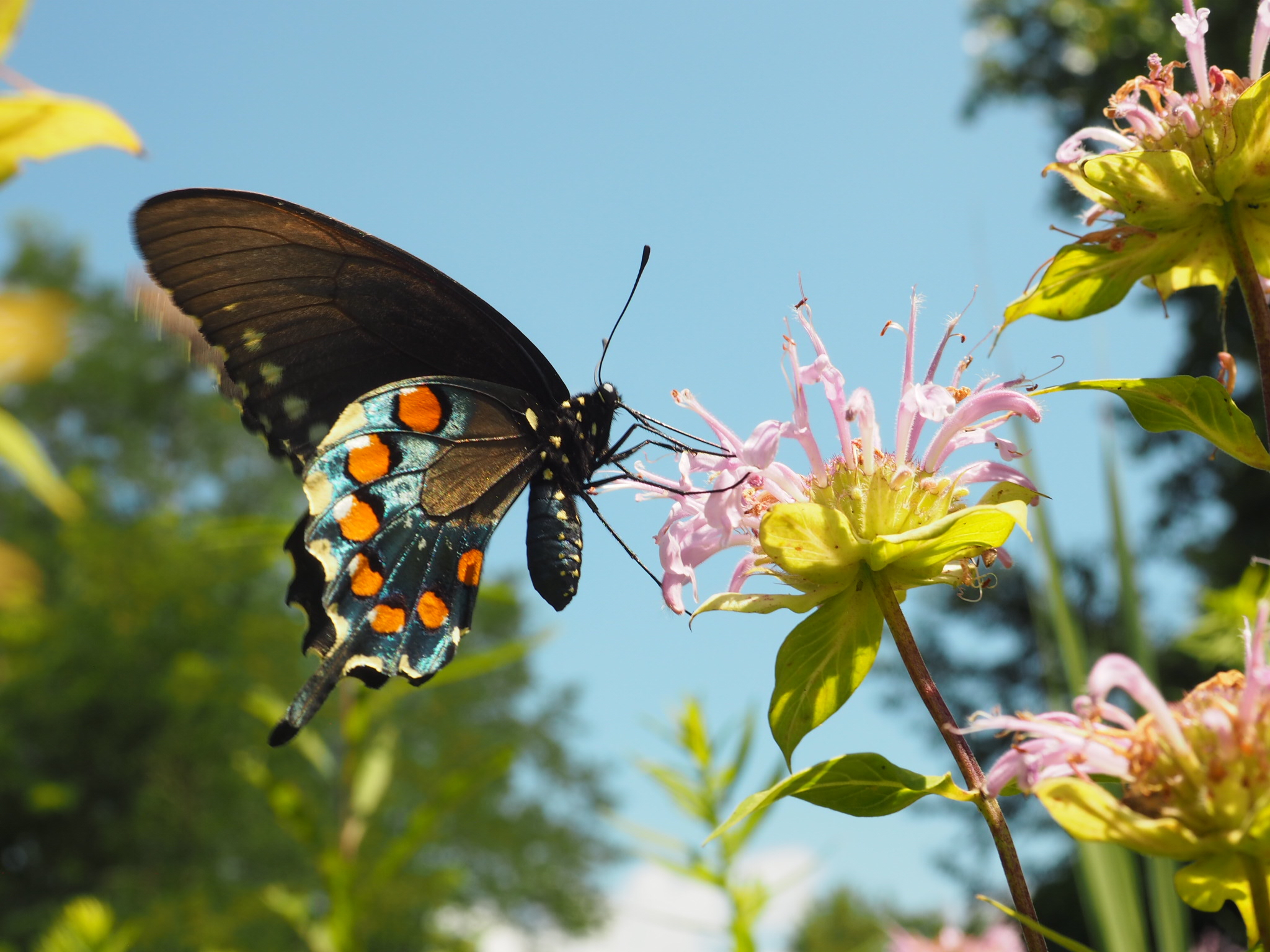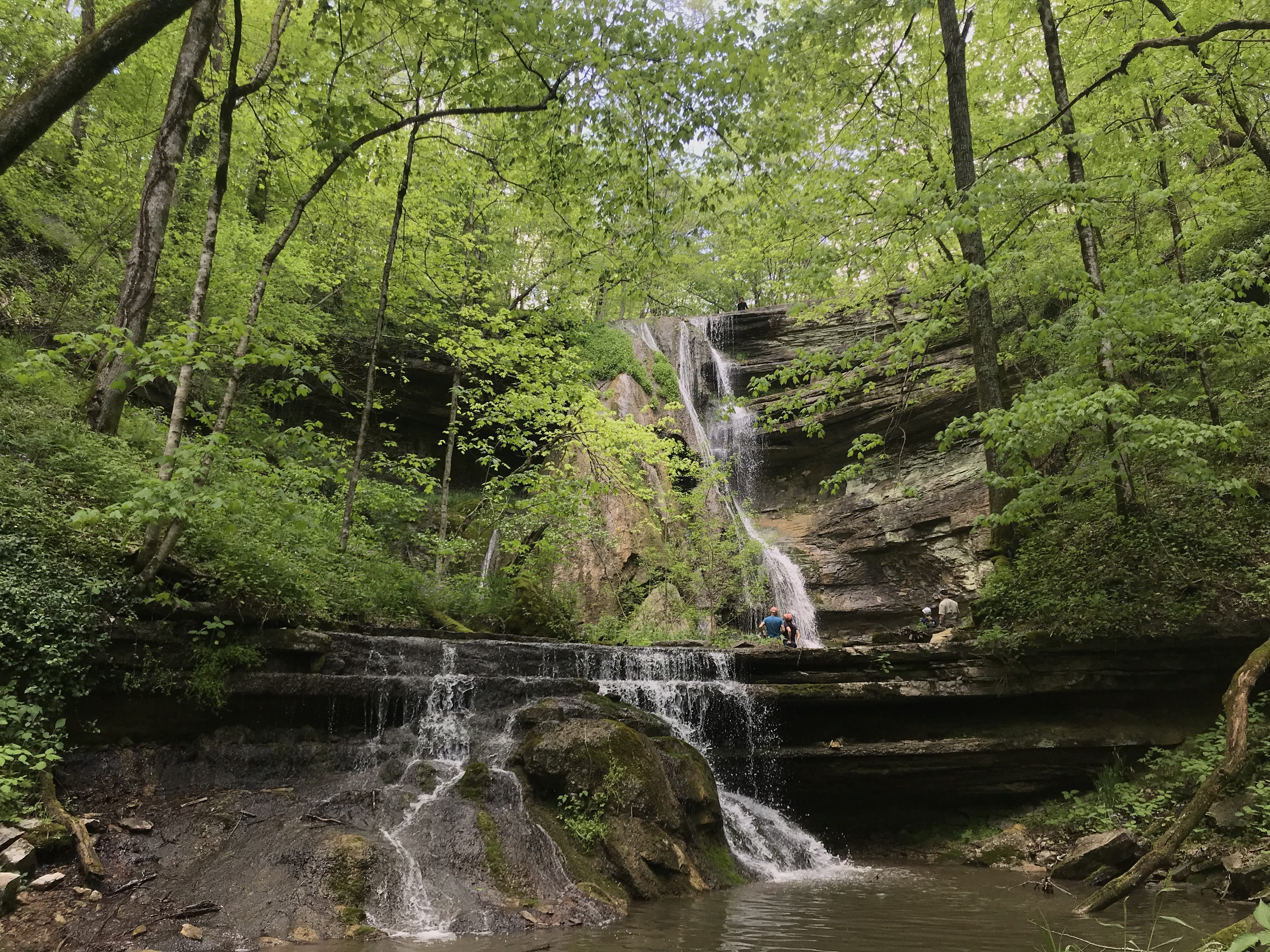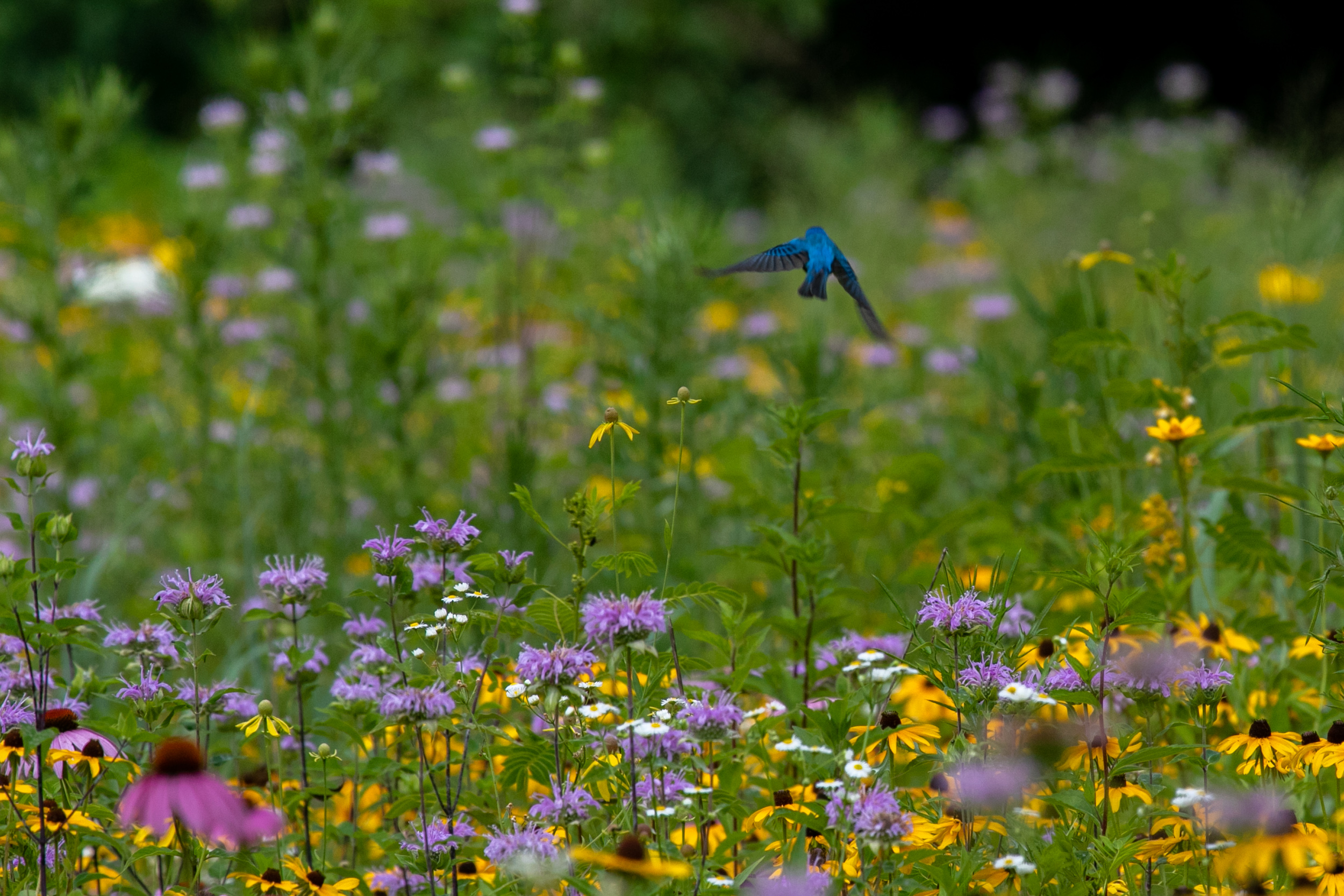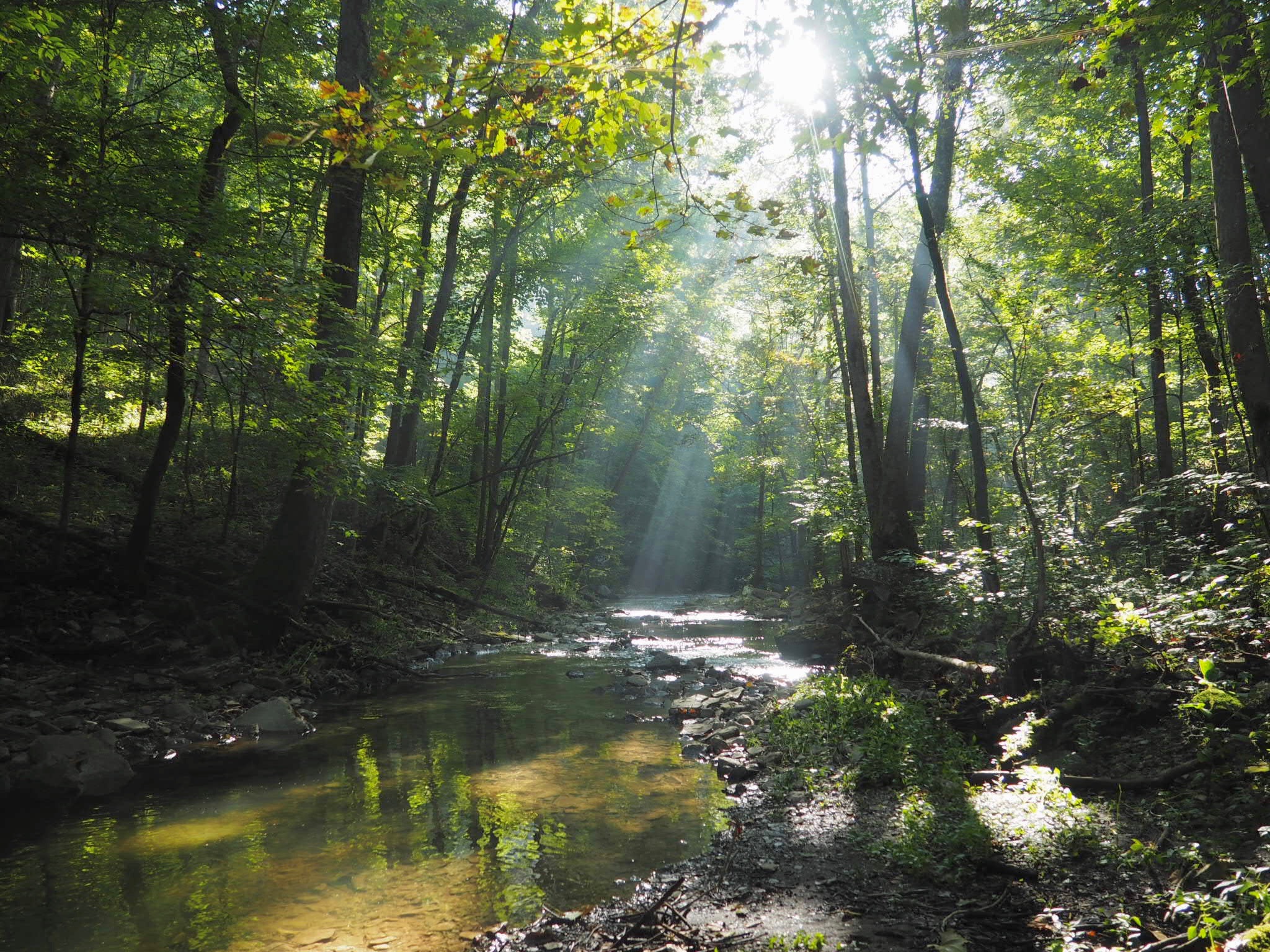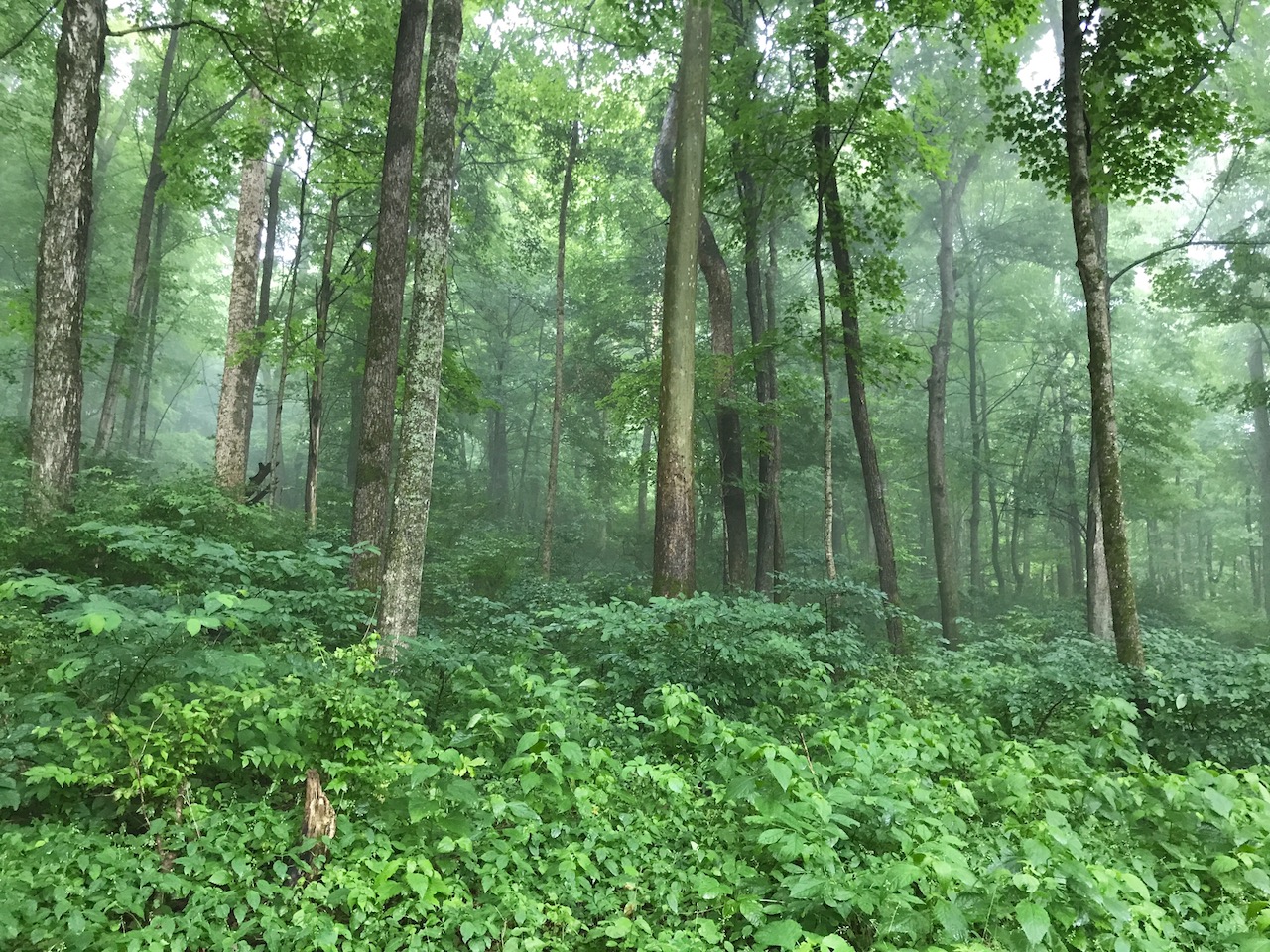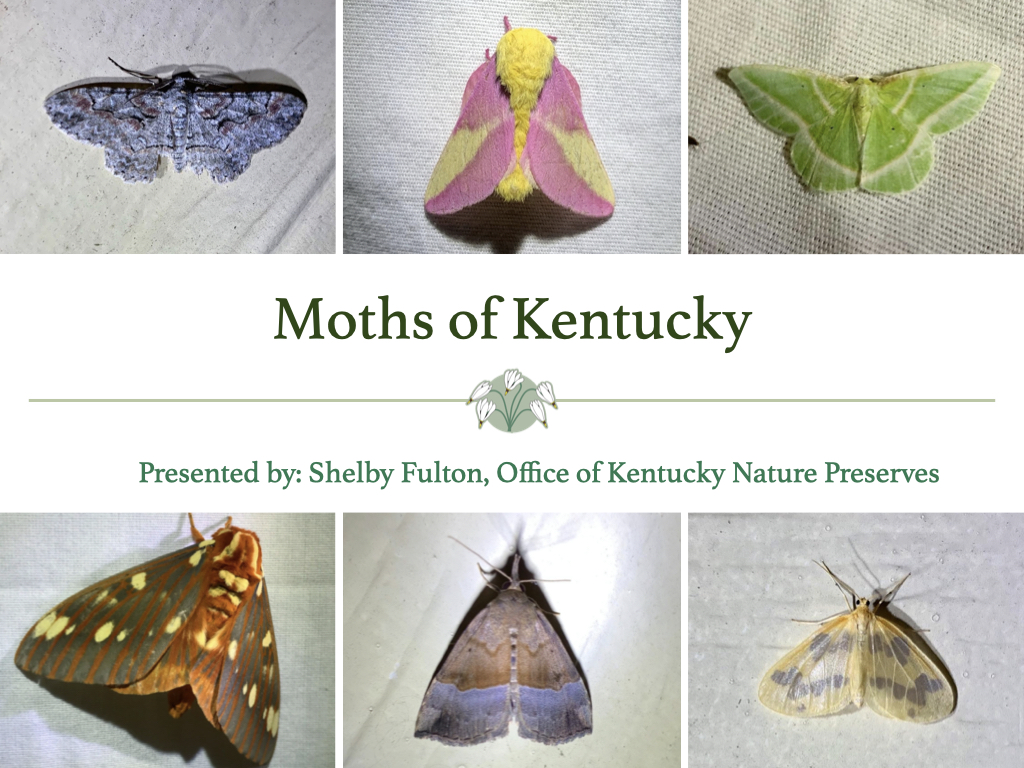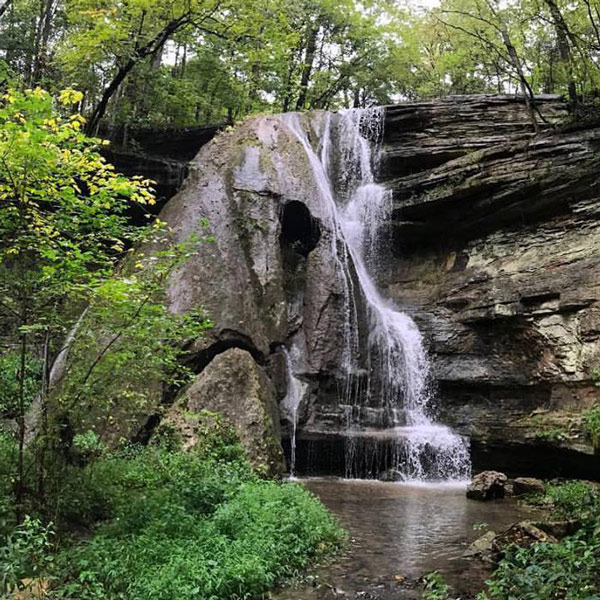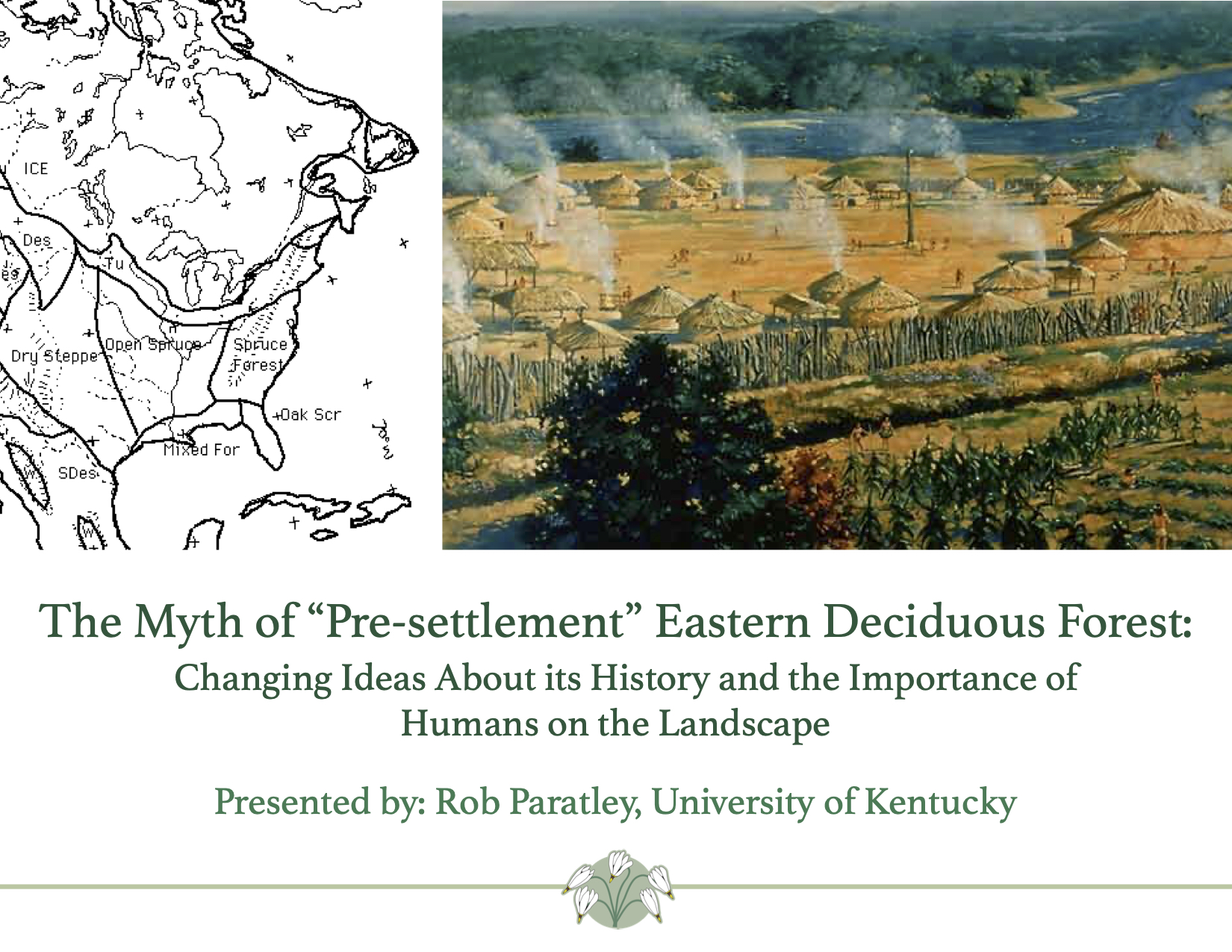Webinar: Butterflies of Central Kentucky: Identification, Diversity, & Ecology
Webinar: Butterflies of Central Kentucky: Identification, Diversity, & Ecology
Kentucky is home to over 150 butterfly species. This webinar presentation will feature over 45 of our most common summer butterflies in Central Kentucky. Participants will learn tricks for identification, basic biology of butterflies, and their relationships with native plants. We will also cover citizen science projects and resources so that participants can document and share their butterfly observations.

